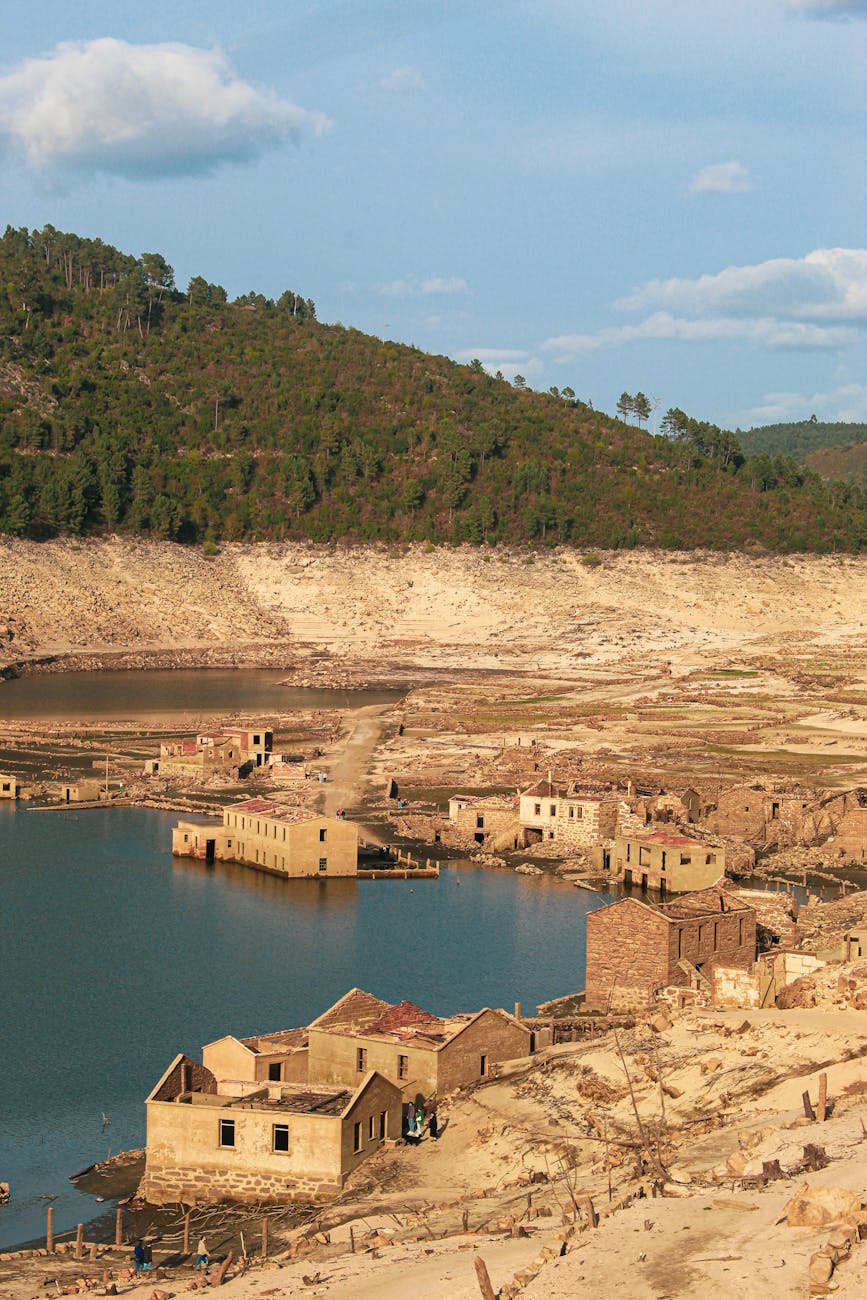A critical environmental disaster is unfolding with profound implications, as reports indicate that a major urban center’s dam reservoirs have plummeted to a perilous below 3% capacity. This astonishingly low level signals an escalating water crisis that is gripping significant regions and impacting millions, prompting urgent action and raising serious concerns about regional stability. It’s an eye-opening situation that demands immediate attention and a deeper look into the challenges ahead.
Critical Water Depletion Grips Key Urban Areas
The severity of the unfolding situation is underscored by the dire statistics emerging from a prominent city’s water infrastructure. With reservoir levels dipping beneath the 3% mark, the city is at the precipice of an unprecedented water shortage. This alarming development is not isolated; another major metropolis is grappling with its own critical conditions, initiating widespread water rationing measures as subterranean water sources, or aquifers, continue to recede at an alarming rate. Communities in these areas are deeply concerned, with official calls even being made for collective prayers for rain, highlighting the sheer scale of this environmental emergency.
This escalating crisis is attributed to what experts describe as the most severe drought experienced in decades. The prolonged lack of rainfall has depleted natural water reserves, stressing existing infrastructure and pushing urban populations to their limits. The immediate future looks challenging, with authorities strategizing how to manage the dwindling resources and mitigate the impact on daily life for vast populations.
Emergency Responses and Looming Regional Implications
In response to the critical shortage, comprehensive plans for substantial water supply reductions are being finalized for the nation’s capital, affecting countless households and businesses. The gravity of the situation has even led to discussions about extreme measures, including the potential relocation of populations if the crisis deepens further. Such considerations underscore the severity of the challenge confronting the authorities and the public alike, signaling a potentially profound societal shift.
Moreover, the water scarcity extends beyond immediate urban concerns, drawing attention from international observers and environmental specialists. Leading experts are sounding the alarm, cautioning that these profound water shortages could have far-reaching destabilizing effects across the wider region. The ‘deep effects’ of dwindling water resources are seen not just as an environmental problem but as a significant geopolitical risk, potentially fueling tensions and reshaping future policy priorities. Addressing this fundamental issue requires innovative solutions and collaborative efforts to secure a sustainable future.
Navigating the Future of Water Security in a Challenging Era
The current water emergency, marked by dangerously low reservoir levels and widespread rationing, presents an undeniable challenge for affected regions and underscores the critical need for proactive, sustainable water management. While the path forward requires immense effort, the global focus on environmental resilience and innovative resource strategies offers a beacon of hope. This challenging period highlights the urgent call for robust policies and technological advancements to ensure long-term water security against the backdrop of climate change, safeguarding communities and fostering regional stability.

Leave a Reply